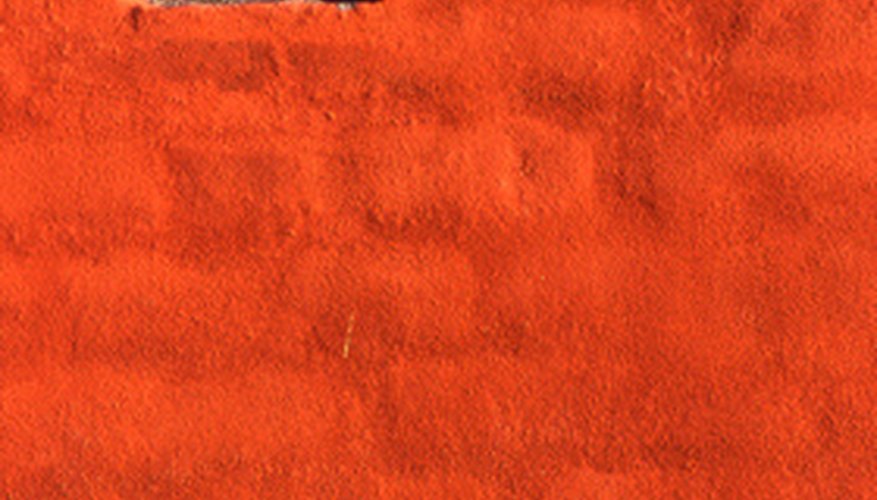In the days before central heating and air conditioning, houses had air vents to move air around the enclosed space for ventilation, oxygenation and temperature control.
Exterior Wall Vents
In older brick homes, air vents were placed in walls to let moisture move out of the space between the exterior and interior walls so that mould would not grow there. Modern moisture barriers and sealants have largely replaced this function.
Interior Wall Vents
Air vents in interior walls were designed to let air flow from room to room so that all rooms were properly ventilated. In winter, air warmed by a single heat source (a fireplace or stove) could heat several rooms. In summer, even an interior room with no windows--such as a bathroom--could have adequate air exchange.
Open or Close
Sealing some air vents in an older home can improve its energy efficiency and still allow enough ventilation. It can also prevent dust and insects (or even larger creatures) from coming in. On the other hand, if a home is too tightly sealed, indoor air pollution can become worse than that outdoors. Obliterating air vents completely as a design element from something like a Victorian or Craftsman restoration could affect the interior architectural design and alter its value as a period piece.
- Sealing some air vents in an older home can improve its energy efficiency and still allow enough ventilation.
- On the other hand, if a home is too tightly sealed, indoor air pollution can become worse than that outdoors.
